Objectives:
- To identify the main energy resources available for use on Earth, to include: fossil fuels, nuclear fuel, biofuel, wind, hydro-electricity, geothermal, the tides, the Sun and water waves.
This section gives information on how each of the energy resources that humans currently use;
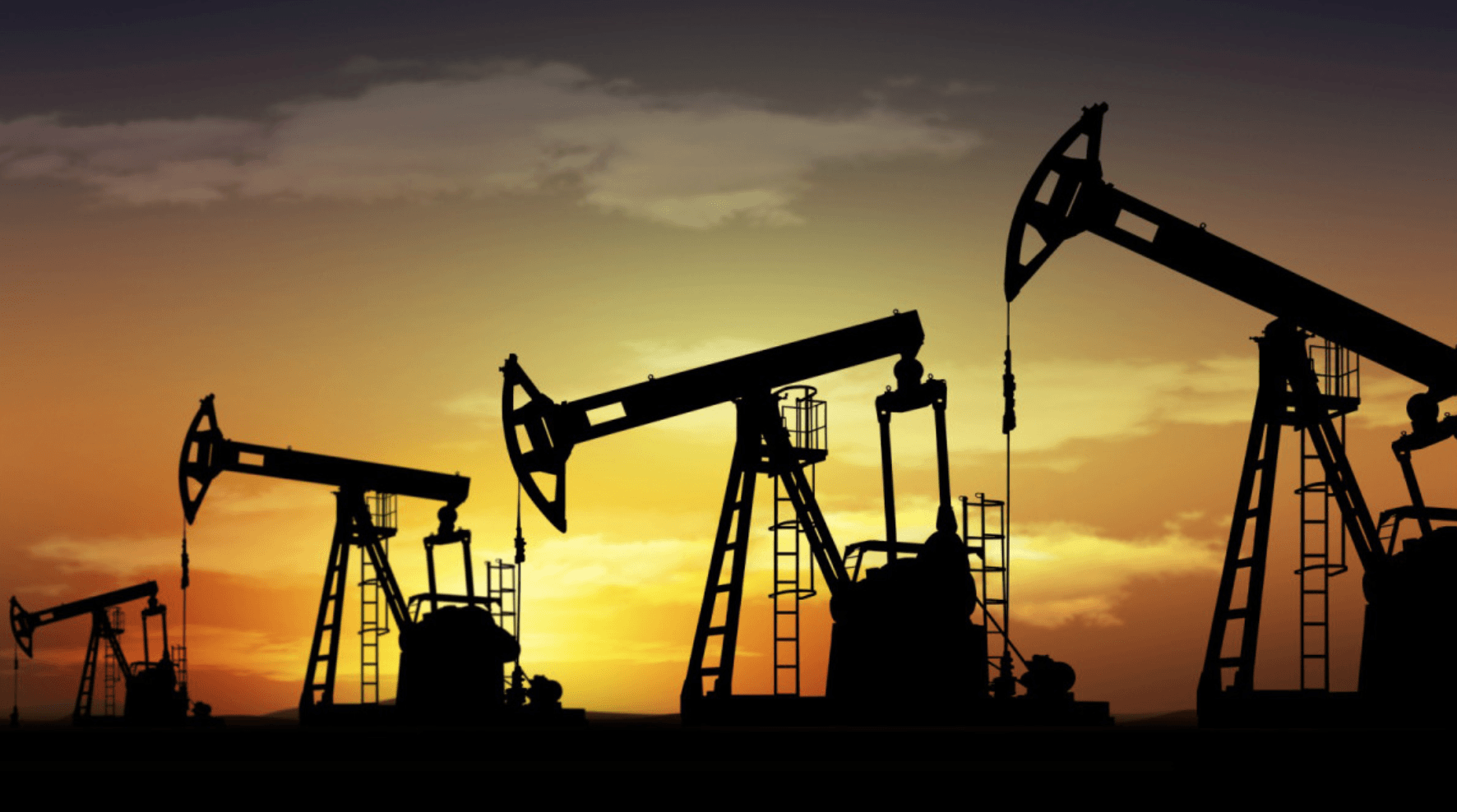 Thermal power stations use this exact principle – they burn fossil fuels which contain a lot of chemical potential energy. The negative is that fossil fuels (including coal, crude oil and natural gas) are burned, these are non-renewable and release lots of gases which are highly likely damaging our environment – to find out more click here.
Thermal power stations use this exact principle – they burn fossil fuels which contain a lot of chemical potential energy. The negative is that fossil fuels (including coal, crude oil and natural gas) are burned, these are non-renewable and release lots of gases which are highly likely damaging our environment – to find out more click here.
Bio-fuels are produced through biological processed such as agriculture and anaerobic respiration rather than geological processes (such as those that create fossil fuels).  This type of fuel takes a much shorter time to produce (just years compared with millions of years). They are therefore considered carbon neutral, in other words the carbon they release into the atmosphere will be absorbed over a period of 2 to 3 years (so in that time the net release of carbon is zero). Biofuels are burned to release their energy, this can then heat water and hence generate electricity.
This type of fuel takes a much shorter time to produce (just years compared with millions of years). They are therefore considered carbon neutral, in other words the carbon they release into the atmosphere will be absorbed over a period of 2 to 3 years (so in that time the net release of carbon is zero). Biofuels are burned to release their energy, this can then heat water and hence generate electricity.
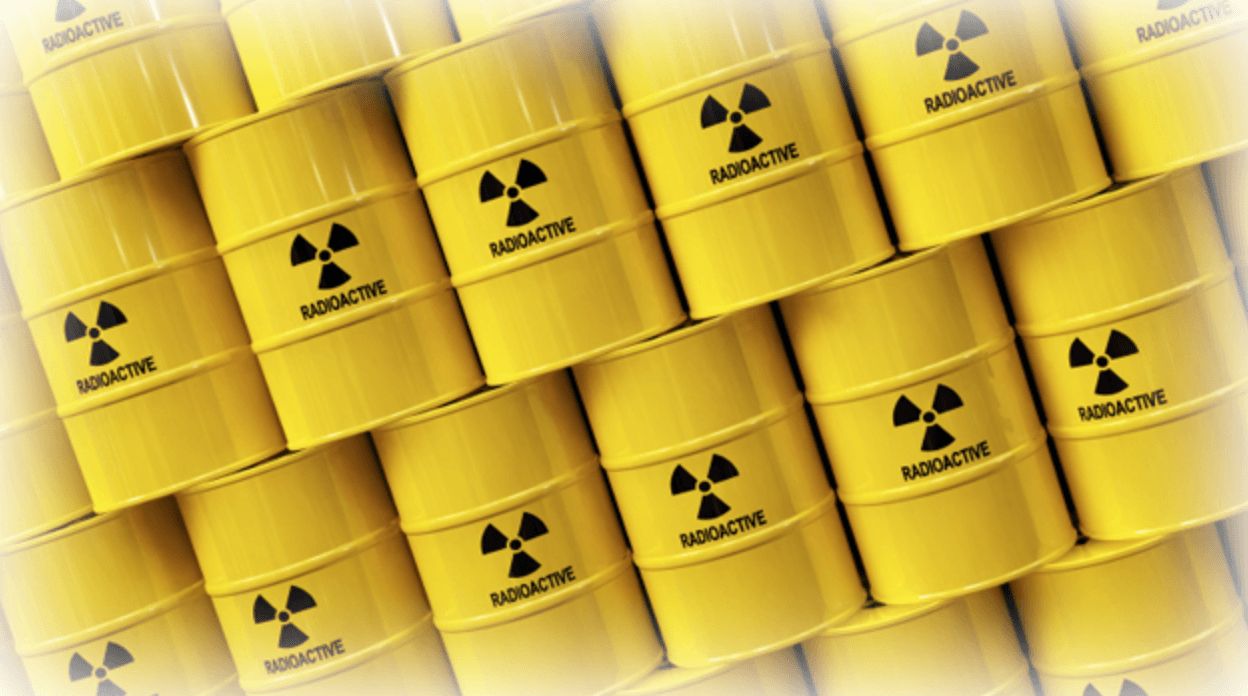 Nuclear fuels are a different type of fuel as they are not burnt. Instead these undergo nuclear decay processes of which a product is the release of energy. This energy can be used to heat water which can then generate electricity.
Nuclear fuels are a different type of fuel as they are not burnt. Instead these undergo nuclear decay processes of which a product is the release of energy. This energy can be used to heat water which can then generate electricity.
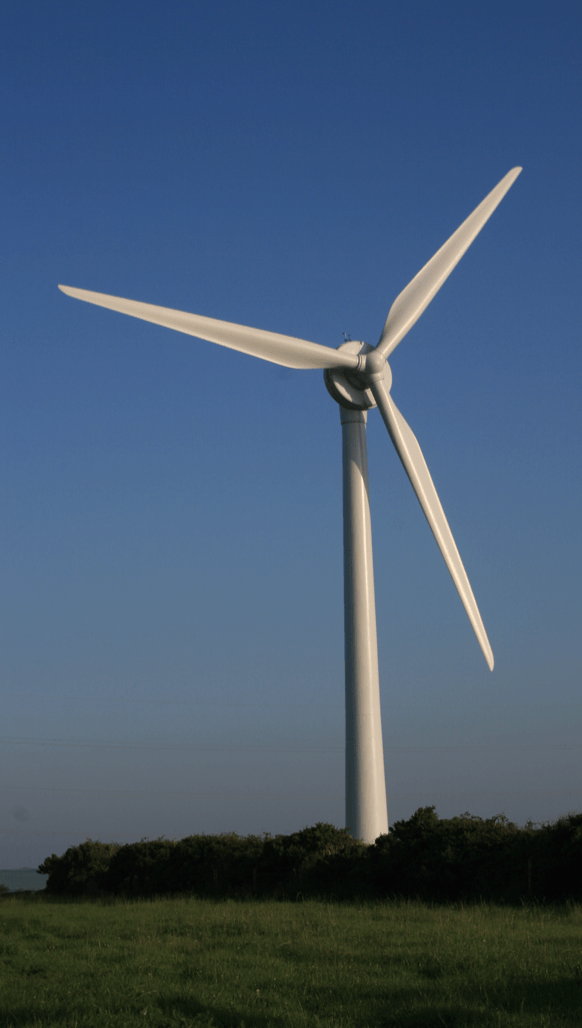 Wind is already a form of kinetic energy – just the movement of air particles. If you can get these air particles to spin something like… a wind turbine, this will rotate the wire that is required for electricity to be generated.
Wind is already a form of kinetic energy – just the movement of air particles. If you can get these air particles to spin something like… a wind turbine, this will rotate the wire that is required for electricity to be generated.
Hydro-electric power stations use the gravitational potential energy of water. As water is collected on one side of a damn (or hydroelectric power station), it is collected and the water level rises, it can then be released by the flick of a switch. This can allow the water to flow down converting the gravitational potential energy store into the kinetic energy store of the water. This in turn can turn a turbine and begin the process of generating electricity.
Geothermal power stations use Earths internal thermal energy. 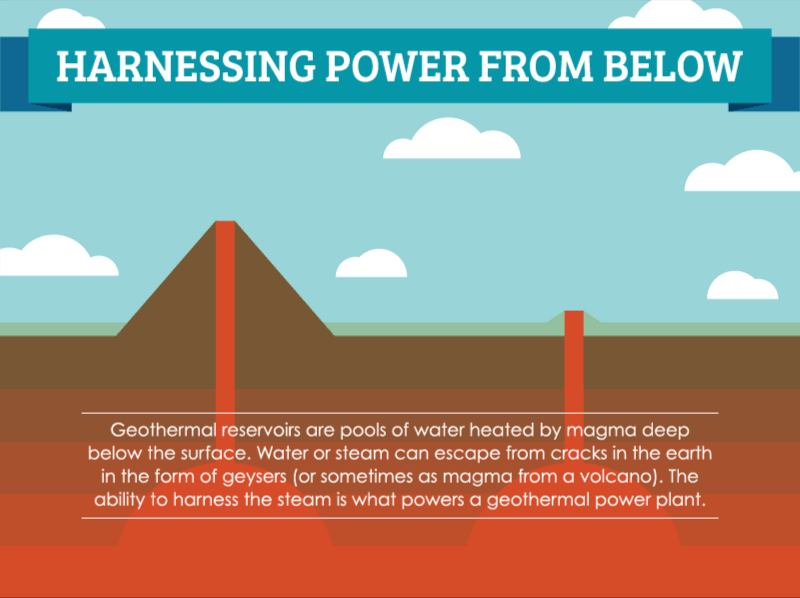 If you dig a hole into Earths crust deep enough you would find that the temperature rises. To give you a scale of how much the temperature increases,
If you dig a hole into Earths crust deep enough you would find that the temperature rises. To give you a scale of how much the temperature increases, 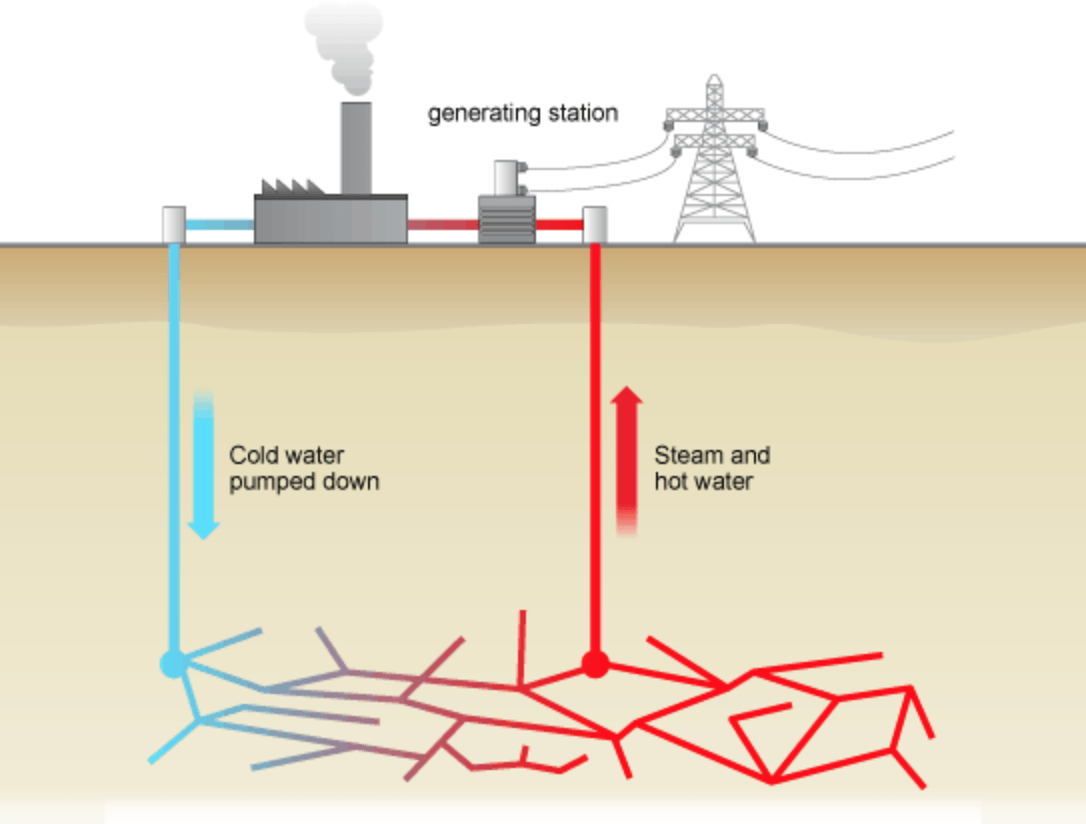 the deepest hole ever dug on Earth is in Russia and is 12,262 m deep, at the bottom of this the temperature increases to 180°C!
the deepest hole ever dug on Earth is in Russia and is 12,262 m deep, at the bottom of this the temperature increases to 180°C!
By pumping water through a channel to a depth of this sort of size, the temperature increases and can turn the water into steam which can then rise through a separate channel back to the surface. This in turn can turn a turbine and begin the process of generating electricity.
Tidal power harnesses energy from the changing tides. As the tides come in, the flowing water turns a turbine, as the water flows out it turns the turbine in the opposite direction (the direction doesn’t matter though as you will see in the electromagnetism topic).

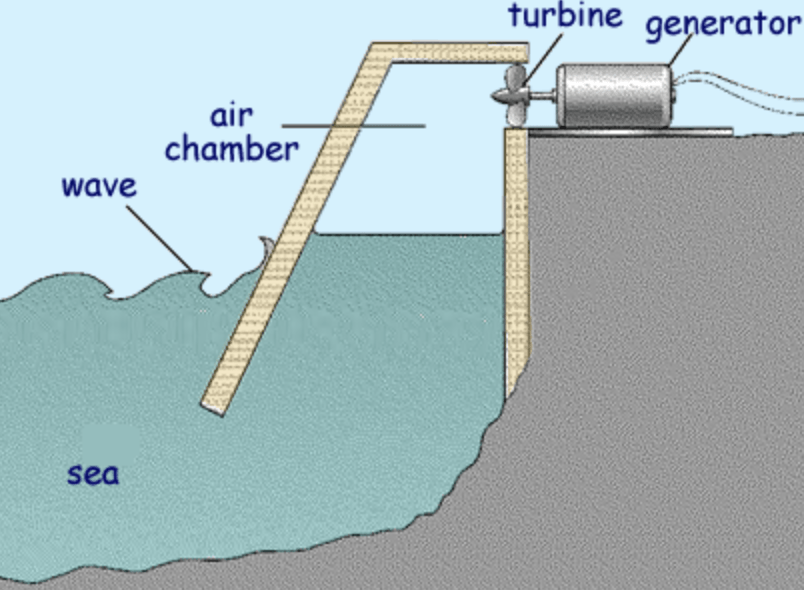 Water waves contain energy which can also be harnessed. The general misconception is to mix up water waves with tidal power. As the waves come in they change the volume of air inside a tank (because more water enters the tank), the air has to go somewhere and so is forced out by passing the turbine which rotates it! As the water level decreases, air is forced back into the chamber due to a difference in pressure, this again rotates the turbine as the air passes it.
Water waves contain energy which can also be harnessed. The general misconception is to mix up water waves with tidal power. As the waves come in they change the volume of air inside a tank (because more water enters the tank), the air has to go somewhere and so is forced out by passing the turbine which rotates it! As the water level decreases, air is forced back into the chamber due to a difference in pressure, this again rotates the turbine as the air passes it.
Solar energy is where the suns heat or light energy can be harnessed to generate electricity. There are two methods by which this can happen;
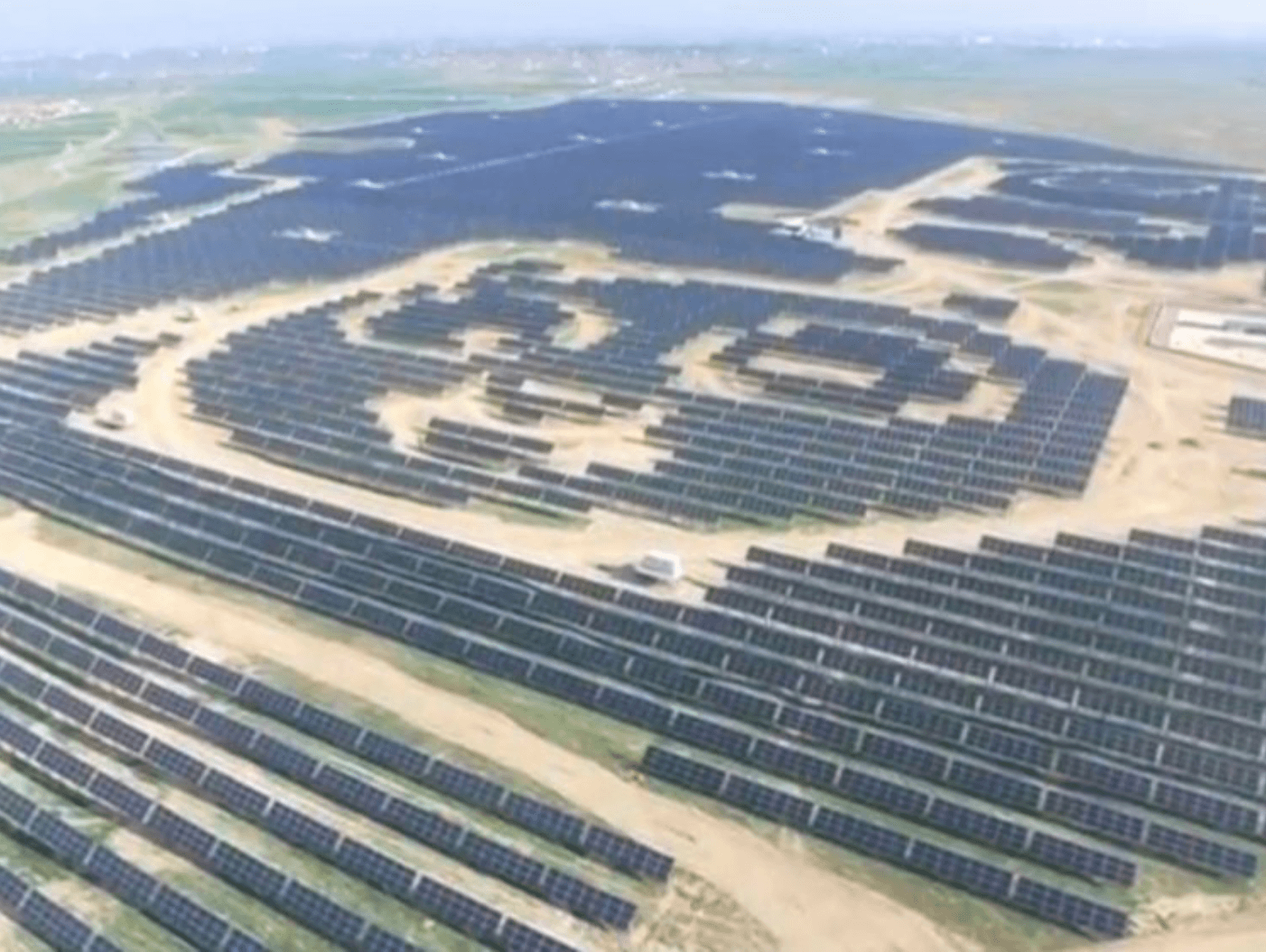 Solar panels, this is where light shines onto the surface of the panel and releases electrons around a circuit, this flow of electrons is a current and can be used as electricity.
Solar panels, this is where light shines onto the surface of the panel and releases electrons around a circuit, this flow of electrons is a current and can be used as electricity.- Passive solar heating, this is where the suns radiation is sone onto a series of mirrors which redirect a large amount of it to one particular area. This areas could be the location of a water tank and with all of the suns radiation targeting it, t would heat up. This could be used to create steam and turn a turbine is the temperature rises enough, otherwise it is just generally a good method to heat water!
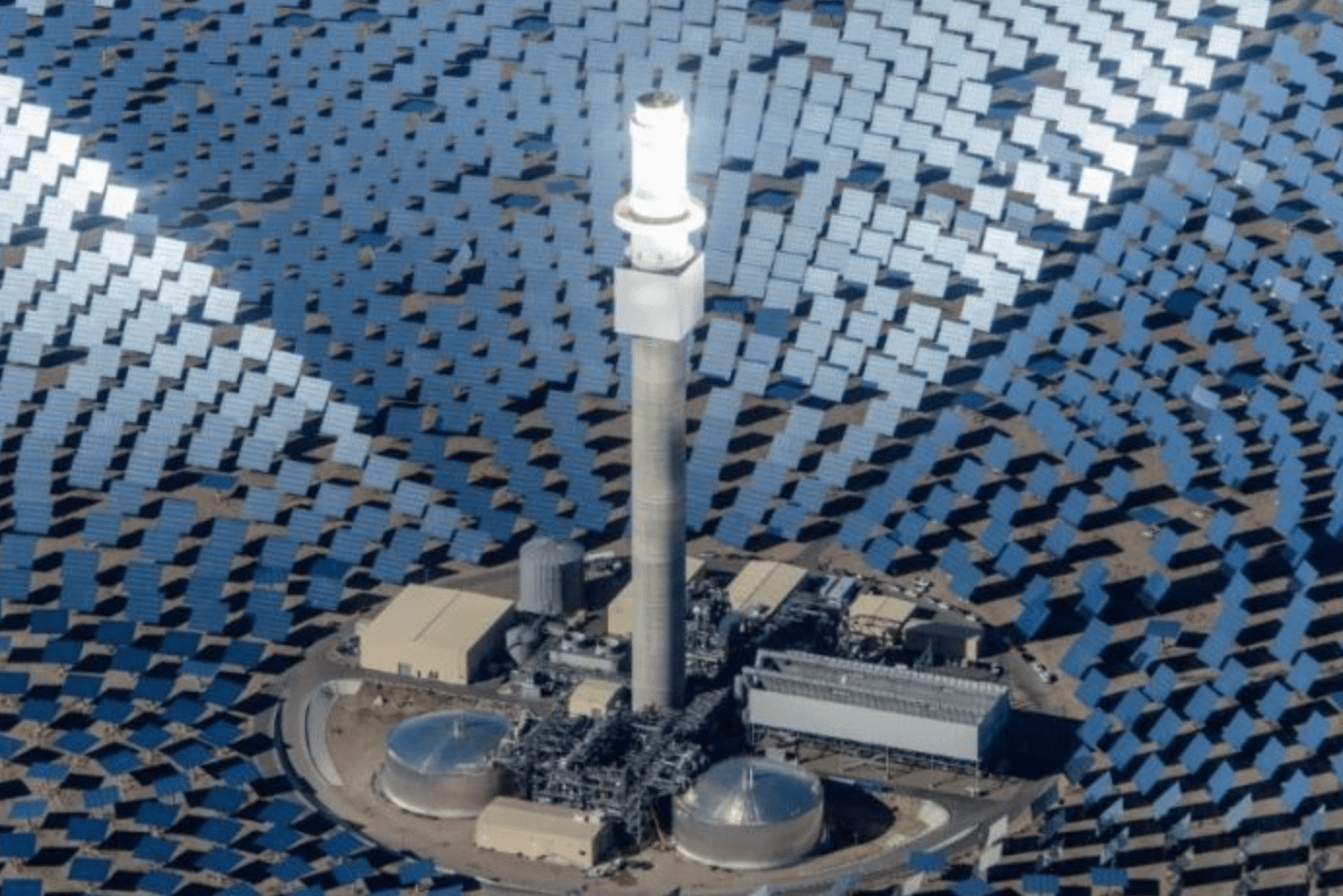
Heat from the sun can just get stored through solar heating too, think of a greenhouse for example, the suns radiation enters but then is unable to escape so the temperature rises. House builders are becoming increasingly smarter regarding the types of materials used such that they can absorb and retain more heat energy and therefore improve the overall efficiency of the property.

You must be logged in to post a comment.